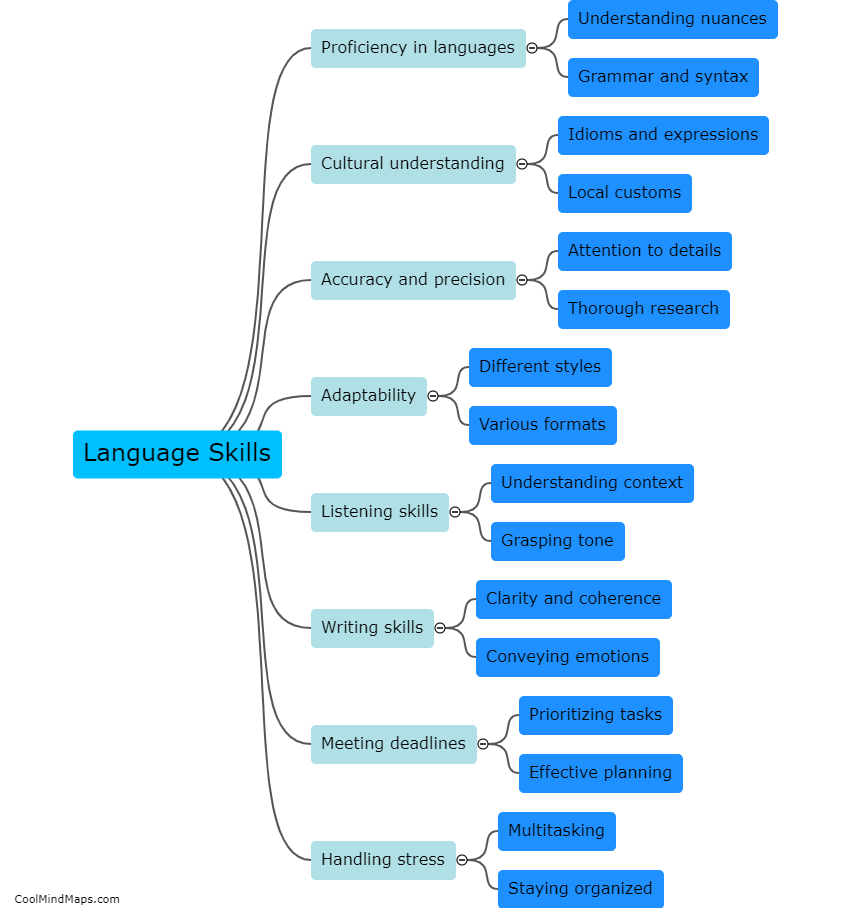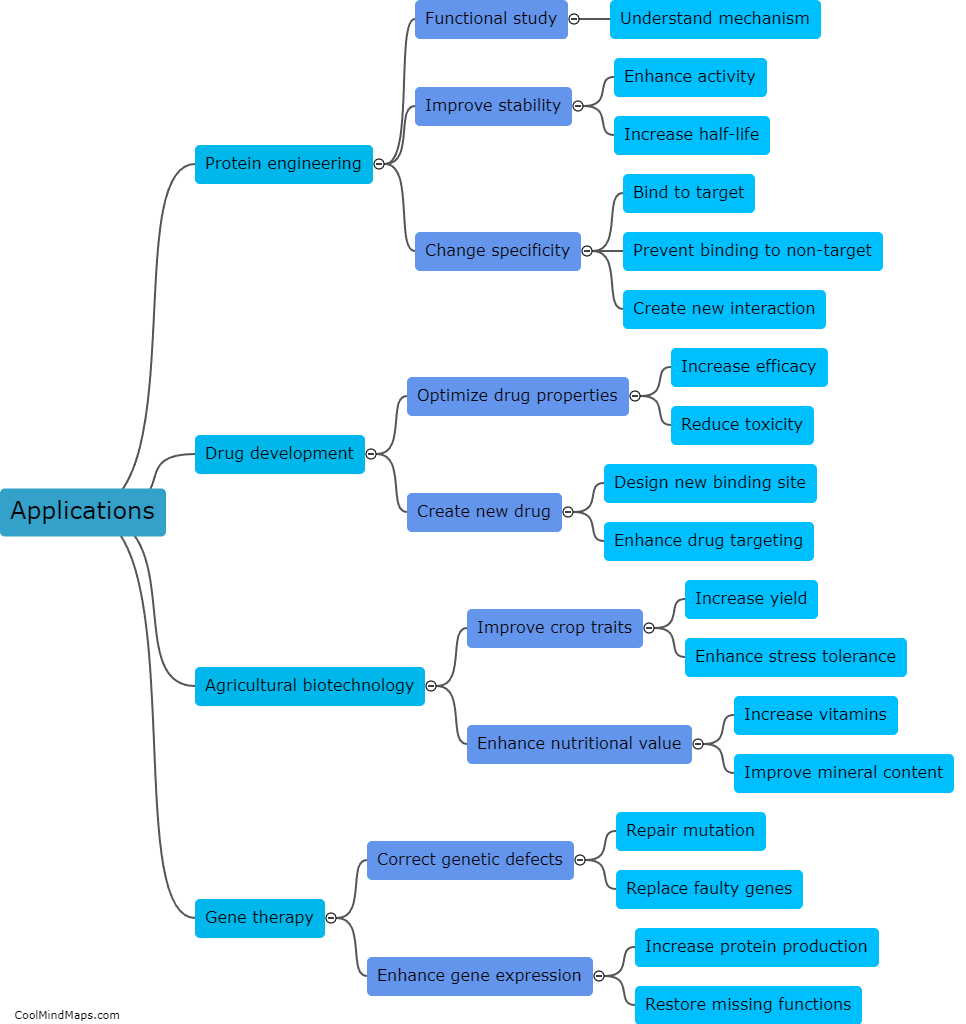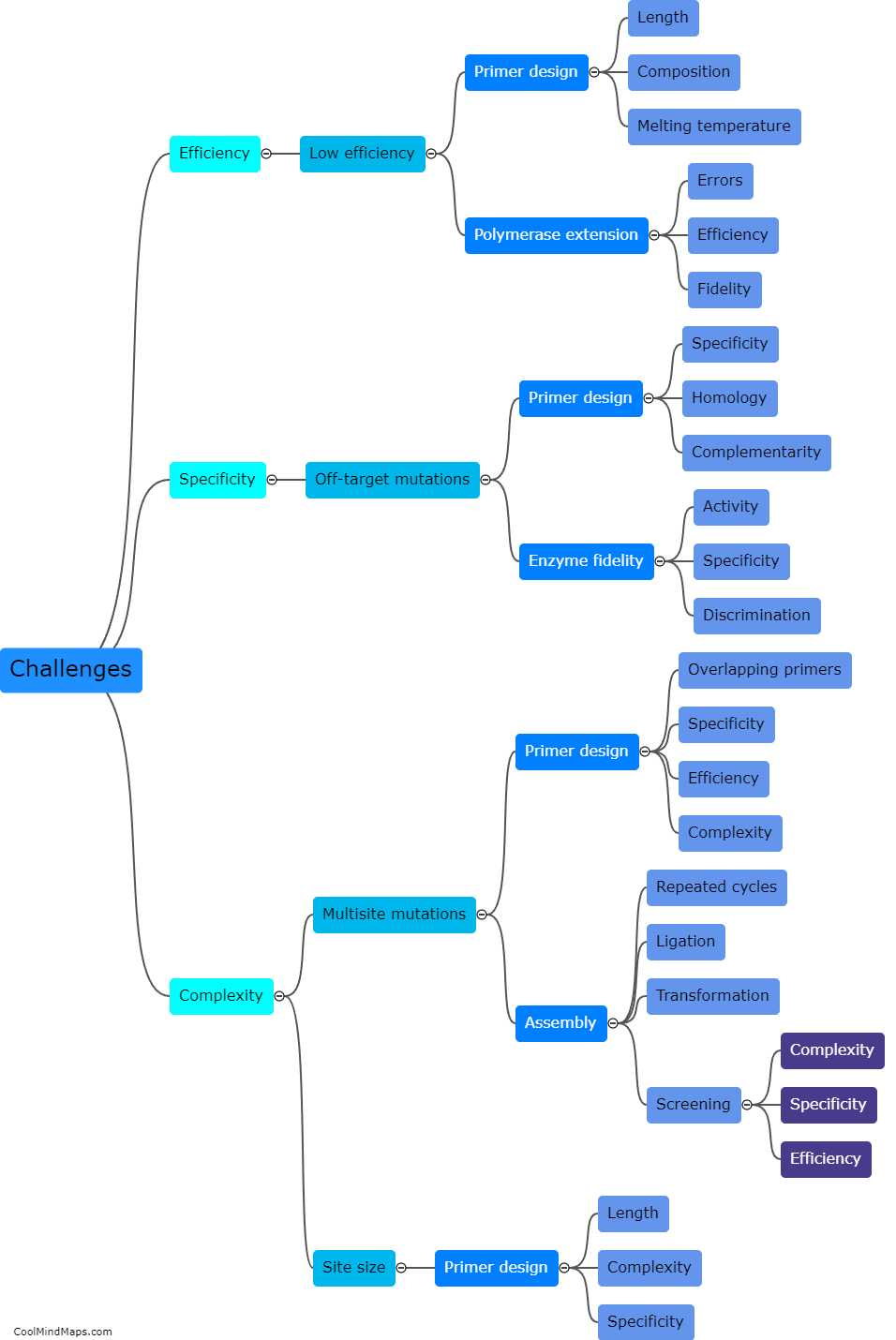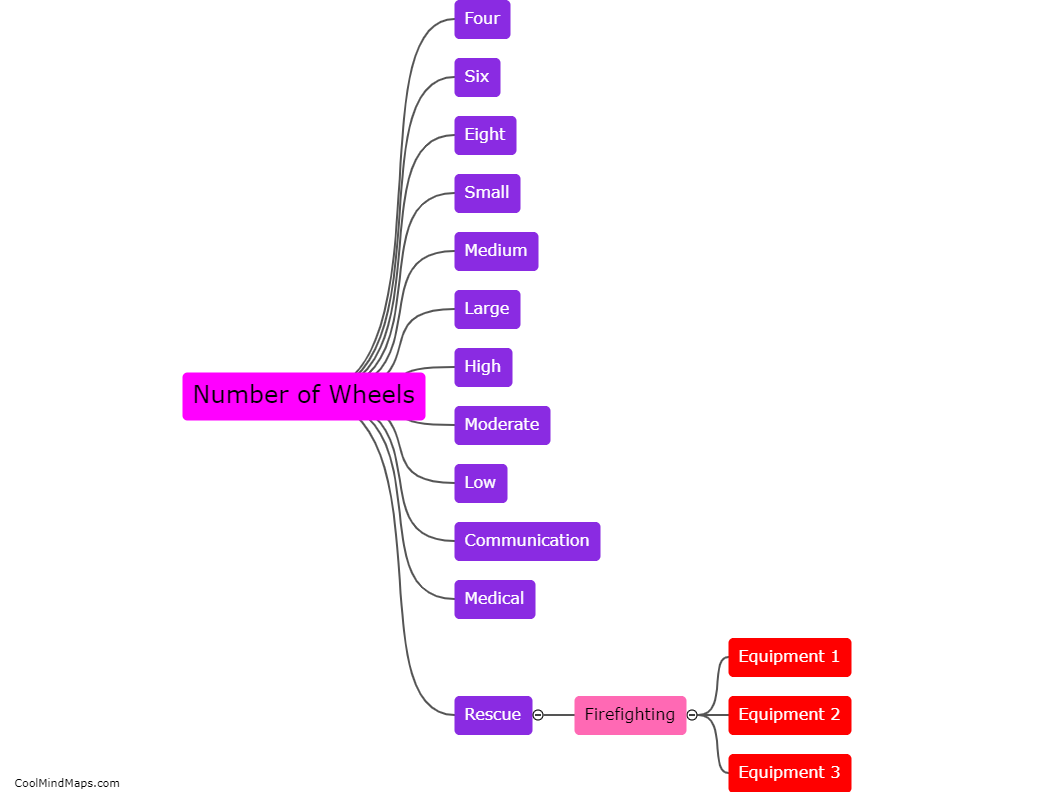What are the different methods of site directed mutagenesis?
Site-directed mutagenesis is a powerful technique that enables scientists to introduce specific changes in DNA sequences, allowing the study of gene function and protein structure. Several methods have been developed for site-directed mutagenesis. One approach involves the use of synthetic oligonucleotides containing the desired mutation, which can be introduced in vitro through techniques like primer extension or overlap extension PCR. Another method is the use of plasmid-based systems, such as the QuikChange method, which utilizes high-fidelity DNA polymerases with mismatch-repair enzymes to achieve efficient mutation incorporation. Additionally, newer technologies like CRISPR-Cas9 have emerged as powerful tools for introducing targeted mutations in a precise and efficient manner. Overall, these various methods of site-directed mutagenesis provide researchers with valuable tools to explore the functional consequences of specific genetic alterations.

This mind map was published on 19 November 2023 and has been viewed 86 times.











